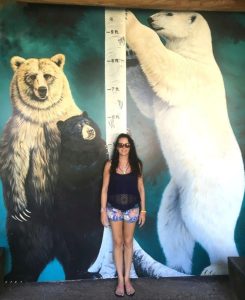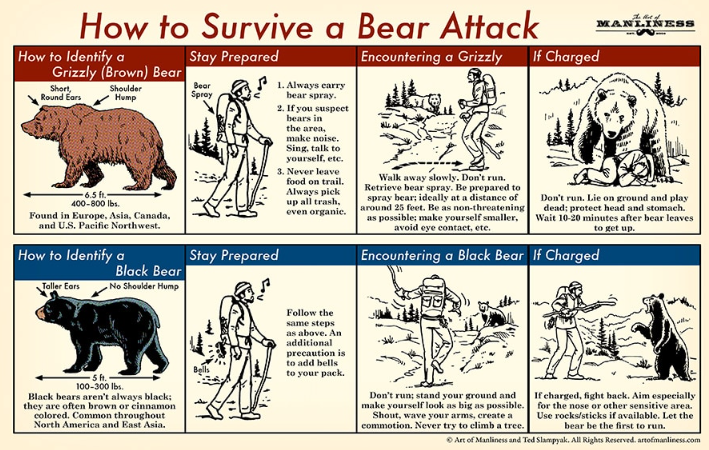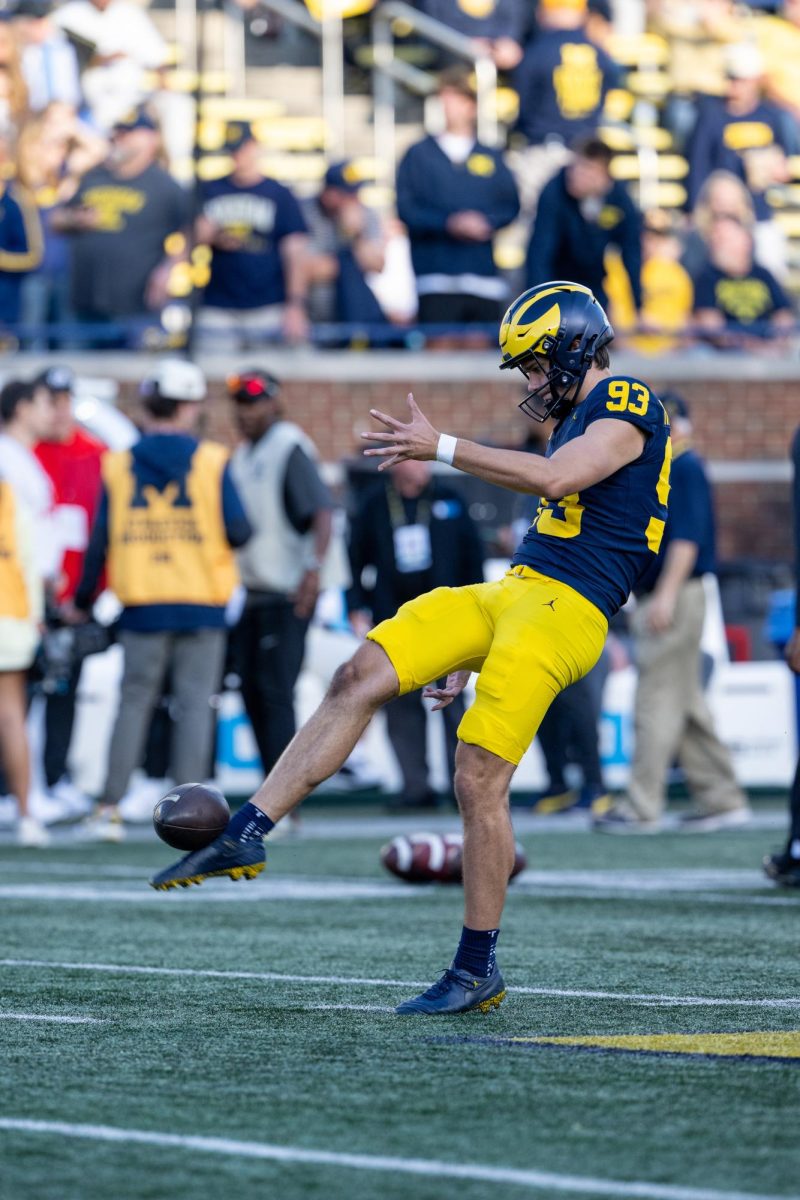*All of the information in this article is credited to greenbelly.co and my personal, extensive hiking and backpacking experience in bear country
While us Michiganders are able to go about our day care free, those in bear country have to be constantly on guard. Bears are deadly, and while the majority of BHS students have never seen a bear in the wild, that does not mean that they will never encounter one. So, just in case you find yourself face-to-face with a bear, here is what you need to know.
There are three main bear breeds that live in the American wilderness: black bears, brown bears, and polar bears. While black bears and brown bears have colors in their names, it is important to know that each has different ranges of colored fur. Below is a description of each breed and how to react if encountering one.
American Black Bears
Black bears are the least dangerous bear that one can encounter in America. They are the smallest bear, weighing only 200 to 600 pounds and standing at only five to six feet tall. They can run up to 25 mph. They have a longer snout and thinner face compared to the two other bear breeds. If encountering a black bear, it is extremely important to get as big and as loud as possible. Bang pots and pans or anything metal, and yell or scream. Black bears are usually not looking for a fight, so if you show them that you are dangerous, they will most likely back off. Because of their non-aggressive behavior, human attacks occur on average once per year in North America.
Brown Bears (Grizzly and Kodiak)
Brown bears are very dangerous and aggressive. They are responsible for the most annual bear attacks in North America. They are large, ranging from 400 to 790 pounds and around 6.5 feet tall. They can reach a top speed of 35 mph. They have a smaller, shorter snout than brown bears and generally have a hump on the back of their shoulders. If encountering a brown bear, stay as still as possible. Avoid eye contact and keep your head down. You must stay silent. If they do not attack, they should eventually simply walk away. However, they are known to “bluff charge,” which entails them running at their top speed directly at you and then either stopping directly in front of you (waiting for you to flinch) or brushing past you. Brown bears are responsible for an average of 46 attacks and six deaths of humans every year.

Polar Bears
Polar bears are the most dangerous, deadly bear breed that can be encountered in North America. Unlike the two other breeds, polar bears view humans as potential prey, giving them incentive to kill. They are huge, ranging from 800 to 1,300 pounds and 7 to 10 feet tall. While only being able to run 25 mph, they can move up to six mph in water (in comparison, Michael Phelps won a gold medal in the Olympics by swimming 4.7 mph). They generally only have white fur and have a slimmer body shape than the other bear breeds. If encountering a polar bear, try your best to not be seen and move away as silently and quickly as possible. If spotted, try to remain calm. It will most likely attack. Try to defend yourself and do not give up, or if you were me, pray for a quick death. Attacks on humans are extremely rare despite their level of danger because, in North America, they can only be found in remote Alaska.
I hope that this bear knowledge gives you all more confidence on how you would act in a bear encounter. Always remember to never run if encountering any of the bear breeds – they will think you are prey and chase you! Regardless, try your best to avoid bears at all costs. While there are some black bears in Michigan, the majority being in the upper peninsula, I will personally be staying in the safety of the urbanized lower peninsula for the rest of my life.








